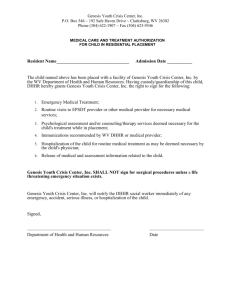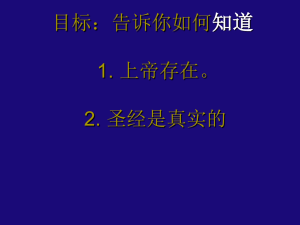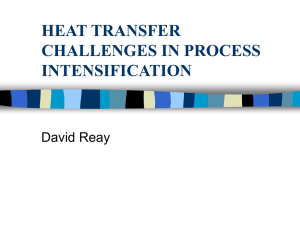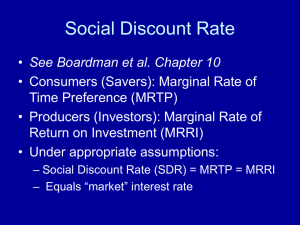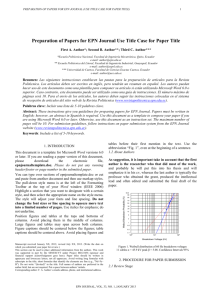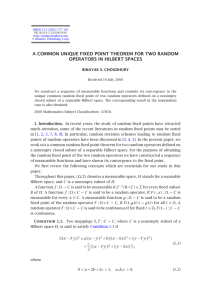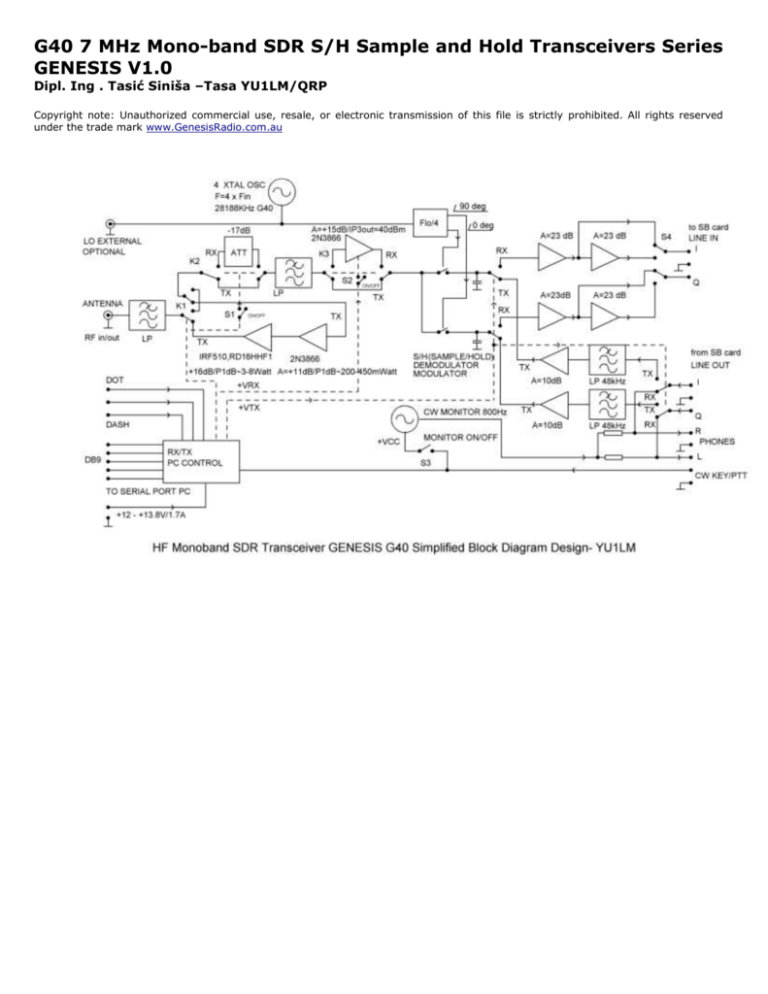
G40 7 MHz Mono-band SDR S/H Sample and Hold Transceivers Series
GENESIS V1.0
Dipl. Ing . Tasić Siniša –Tasa YU1LM/QRP
Copyright note: Unauthorized commercial use, resale, or electronic transmission of this file is strictly prohibited. All rights reserved
under the trade mark www.GenesisRadio.com.au
Pin layout and settings, DB9 Serial port
Pin SUB D9
4 DTR
5 GND
6 DSR
7 RTS
8 CTS
State function
Always high
TX action
Always high
PTT/KEY ,dot EL KEYER
Low RX
Dash EL KEYER
Connect to DTR
High TX
Connect to DTR
Genesis G40 has built-in HF preamplifier with 2N2866 to improve MDS minimum detectable
signal and better overall RX noise figure.
IP3out is +38dBm gain 15 dB (roll off less then 1dB at 50 MHz) and NF ~5.5dB with 80mA.
Practically this preamplifier is much simpler and it is unconditionally stabile compared with
common type used in many other designs, especially those with 1:4 output transformer. The
receiver has built in attenuator. Selecting between various ATT+RF+AF gain position
possible to choose the best IMD performances - see table below.
ATT
[dB]
-17
-17
-17
-17
0
0
0
0
RF
PREAMP
[dB]
0
15
15
0
0
0
15
15
AF1 STAGE
[dB]
23
23
23
23
23
23
23
23
AF2 STAGE
[dB]
0
0
23
23
0
23
0
23
it is
OVERALL
GAIN [dB]
6
21
40
29
23
46
38
61
Minimum detectable signal and max input signals are now between -133dBm and +15dBm or
148dB ! Practically G40 receivers dynamic range (RX DR) and sensitivity specification are equal or better
than in many commercial HF transceivers.
Output spectrum from SDR transceiver GENESIS G80 the Pout 38.6dBm (8.2W)
The RF driver transistor 2N3866 is working in class A with quiescent current 135mA. 1dB compression point
is around 23-24Bm with 11 dB gain (IP3out ~41dBm) and heat sink is a must. The GENESIS G40 is low
output power 5-8 W. The output transistor is very robust FET IRF510 operating with gate polarization of
+4.6-+4.6V and idle current of ~500-600 mA . Total current consumption is 1.2-1.5A @ 5W out.
SDR transceivers GENESIS G40 has built in input audio LP (low pass) filter to block unwanted noise from SB
card and PC in region of 100 kHz and more. GENESIS transceiver comes with 48 kHz low pass filter but if
you like you can change few capacitors and resistor to obtain wider or narrower modulation range. Table
below is showing alternative LP variation. Pay attention that both I/Q branches must be the same and that
components are closely matched. Unmatched components will case phase/amplitude errors and because of
that image rejection will be poor and lower than it should be. Image rejection is changing as we change
transmitting frequency from 0Hz to +/-24(48, 96) kHz. These errors are bigger when we are approaching to
the -3dB roll off frequency. Attenuation at the 100 kHz is around 15 dB (for 48 kHz LP) , enough to clear RF
output spectrum from unwanted noise generated inside sound card or PC environment.
Low pass filter placed after sound card at input of S/H modulator
LP[kHz]
30
R3[Ohm]
2700
R3[Ohm]
2200
R3[Ohm]
2200
C4[pF]
2200
48
1800
1800
1800
2700
96
1000
1000
820
2200
C5[pF]
10
000
10
000
10
000
C6[pF]
220
180
220
Enclosure proposal.
SDR Transceiver Genesis G40 Assembly Phases
Assembly of Genesis G40 KIT is very much straight forward process. A kit builder possessing even basic
soldering skills should have no difficulties to build and adjust his transceiver. Required tools and instruments for are:
iron solder (30-60W), wire cutter, tweezers and digital multi meter (DMM). Although not absolutely necessary
oscilloscope, SA (spectrum analyzer) or test receiver are welcome. These additional instruments will simplified and speed
up adjustment process and help obtaining max specification.
Phase 1.
The first phase of assembly is to build power supply for digital IC. Solder components as per diagram below and
connect power supply. Voltage at KOSC1 or KOSC2 points should be +5V also the green LED diode would lit.
Phase 2.
28188 kHz CMOS oscillator connection
Begin with soldering components in following order: jumpers than resistors, capacitors, IC 74HC04 ELCO and crystal
quartz crystal. If all done correctly oscillator will start oscillating on power up. Check out voltage at pin 11 and 12 with
volt meter. It should read +1.5V to +3.9V. Otherwise if the voltage is close to 0 or +5V then oscillator is not working.
Phase 3.
3. Assembly as per diagram. Adjust resistance in feedback RX OP AMP NE5532 to 150 Ohms (power supply not
connected). Connect Genesis G40 receiver output to sound card LINE IN and BNC connector to 7MHz antenna. Please
note that some new notebooks don’t have LINE IN- only MIC IN which is most likely just a mono input and not adequate
for SDR. Power up SDR software and you should be able to hear some signals on 40m band.
SDR transceiver Genesis G40 receiver connection and test points
Phase 4.
Refer to online Assembly Pictorial for more details. To test attenuator preamplifier: tune to 40m signal ( or
connect signal generator) with S1 switch on, receiving signal will decrease for approximately 17dB. After that
turn off attenuator and turn on S2 RF preamplifier and you will notice signal strength improvement of 15dB.
Check voltage at test point ~+2.2V. With this check receiver is completely adjusted. Both switches S1 and S2
are temporary connected to the permanent +12-13.8V and will be later on connected to +VRX.
Phase 5.
Fourth phase: CW monitor
Insert CW hand key in the front panel KEY/PTT jack. Plug in stereo phones. Switch on S3. When pressing the
key you should hear sidetone. Adjust volume with 10K trimmer. Control test point : pin 2, 3 and 6 (LM741 on
right side ONLY) +6.1V.
Phase 6.
PC RX/TX control testing should be performed in 2 steps. Step1: measure with DMM voltage at +VTX. It
should be 0V and voltage at +VRX=+12-+13.8V. Connect switch SX1. When switch SX1 is on +VTX you will
measure +12-13.8V and +VRX =0V. Disconnect SX1 and connect SX2. Connect Genesis G40 to the serial PC
port directly or via USB/ Serial adapter. Settings in SDR software should be set according to the table 1 (see
above). Turn on SX2 and +VTX should be +12-+13.8V. NOTE: for more details refer to G40 homepage: PC
RX/TX control under PowerSDR and M0KGK.
Phase 7.
TX I/Q adjustment: adjust serial resistance of 5K trimmer and 1K resistor to 3.3K.
7. The seventh phase is final RF FET power and driver assembling see picture below.
Solder all components except FET. Attach the FET to provided heat sink, then solder to PCB. Next
step is winding of T1 transformer. Pay attention to correct phasing (putting correct wire ends to
correct VIAs position a,a1, b,b1) check with DMM!
Finally, wire relays and switches according to following diagram
Adjust quiescent current at FET gate voltage to +4.5-+4.6V. Connect SDR transceiver to good
resonant antenna or 50 Ohms dummy load.
Initial adjustment: you would need a separate ‘control’ receiver tuned on 40m band.
1. Disconnect soundcard input [“From sound card jack”]
2. Tune control receiver to 7046 KHz.
3. Adjust 5K trimmers for minimum signal strength (typical voltage at trimmer is +2.5V +/- 0.102V.
4. Connect sound card output
5. On control RX adjust max image rejection with 5K trimmer.
[Please note: refer to G40 homepage for more information in regard to adjustment procedure and
Connection to Sound card and PC.]
April 2009
References and Software LINK for SDR radio receiving and transmitting:
1. www. yu1lm.qrpradio.com/homebrew
2. http://powersdr-sr40.sourceforge.net/
3. www.m0kgk.co.uk/sdr
4. http://www.dxatlas.com/Rocky/
5. http://radiotelecom-niga.com/j/content/view/190/49/
6.
http://code.google.com/p/powersdr-iq/downloads/list
radio.com SDR1000 Gerald AC5OG
7. dl6iak.ba-karlsruhe.de
http://www.flex-
8. http://homepage.mac.com/smrozek/downloads/DSPRadio.html
and DSP Radio DO8SAM for MAC
DO8SAM


